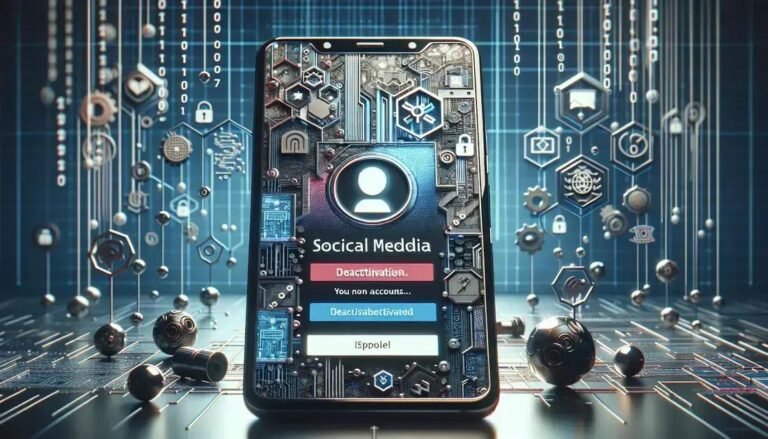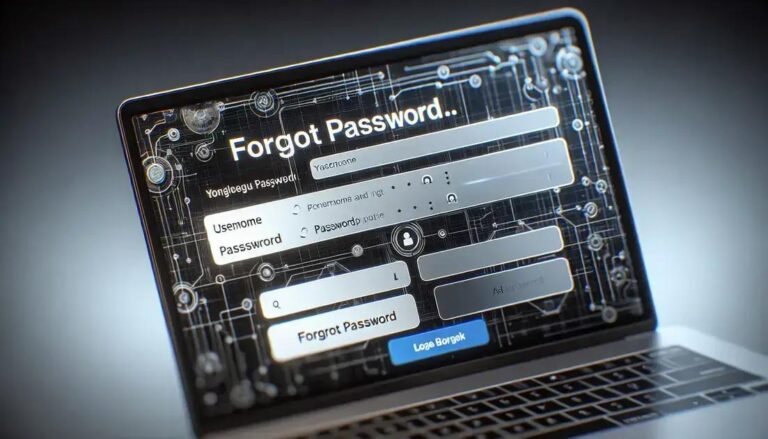Prevent Loss: Activate Contact Sync on Your Mobile
Ever felt overwhelmed by the countless contacts scattered across apps and devices? Enter Contact Sync. This technological marvel promises to unify your digital chaos, ensuring every address book or contact list speaks the same language. Imagine fetching a long-lost friend’s number without scouring every corner of your digital realm. Sounds intriguing? Well, that’s just the tip of the iceberg.
But wait, how does Contact Sync actually work? You might wonder. By seamlessly integrating your contacts across various platforms, it offers a user-friendly solution to keep tabs on your digital network. From syncing email contacts with your smartphone to ensuring your tablets are in harmony, it’s about simplifying connections.
We all strive for efficiency, don’t we? Contact Sync not only promises seamless interconnectivity but also highlights the future of digital management. So, why not delve deeper? Let’s explore its significance, setup processes, and potential pitfalls, preparing you for a streamlined digital world.
Understanding Contact Sync Technologies
Contact sync technologies enable seamless integration and unification of contact information across multiple devices and platforms. Understanding the tools and protocols that make this possible is key to optimizing your digital interactions.
There are several important technologies and protocols involved in contact syncing, such as CardDAV and cloud services. CardDAV is a widely-used protocol that helps synchronize contact data between devices and servers.
- CardDAV: This protocol allows users to sync contacts across devices like smartphones, tablets, and computers using the internet.
- Cloud Services: Popular services like Google Contacts and Apple’s iCloud offer direct syncing options to ensure your contact list is always up to date and accessible.
Using these technologies, users can avoid manual updates and reduce the risk of losing contact details, fostering a more interconnected digital ecosystem.
Benefits of Contact Sync Technologies
Automating contact synchronization not only saves time but also reduces the likelihood of errors. Imagine updating a phone number, and instantly seeing it reflected across all your connected devices. Such conveniences exemplify the impact of contact sync technologies on daily life and workflow.
Furthermore, these technologies support better data organization, allowing you to sort and manage contacts efficiently. By leveraging advanced algorithms, contact sync systems can merge duplicates and organize entries logically.
How to Ensure Smooth Contact Sync
For seamless contact synchronization, it’s crucial to ensure each device and service involved in the sync process is correctly configured. Regular updates and checks can prevent disruptions. Setting up two-way synchronizations is also essential, allowing changes to be mirrored irrespective of the device being updated.
By maintaining an awareness of these underlying contact sync technologies and procedures, users can foster efficient data management systems tailored to their needs.
Setting Up Contact Sync Across Devices
Setting up contact sync across devices is a straightforward process, allowing you to keep your contact information up-to-date and easily accessible. For a smoother experience, start by choosing a primary cloud service, such as Google Contacts or Apple’s iCloud, as your central repository.
First, ensure that each device is connected to the internet. This connection is vital for synchronization to occur. Then, access the settings on your smartphone or tablet and locate the ‘Accounts’ or ‘Sync’ section. Here, you can add the account linked to your chosen cloud service.
- Adding the Account: Enter your credentials to log in to Gmail, Apple ID, or another account. Ensure that contact sync is toggled on.
- Selecting Contacts to Sync: Go through the options to ensure that only necessary contacts are chosen. This helps in avoiding clutter.
- Initial Synchronization: On initiating sync, the device will pull the contact data from the cloud service and store it locally. Confirm the sync status on the cloud platform to ensure successful execution.
- Consistent Updates: Make it a habit to frequently review contact settings, especially after any major device change. This practice ensures ongoing synchronization.
With these steps, your digital ecosystem becomes cohesive and any device you use will seamlessly reflect updated information. This setup supports real-time synchronization, eliminating the need for manual contact management.
Addressing Common Contact Sync Issues
Troubleshooting contact sync problems can be crucial for maintaining a seamless connection between devices. Common issues such as duplicate entries or failed synchronization can typically be resolved with a few strategic steps.
Duplicates: One frequent problem is duplicate contacts arising from multiple sync sources. To resolve this, use built-in or third-party tools to merge or eliminate duplicate entries. Both Google Contacts and Apple’s iCloud offer features to assist with this task.
Sync Errors: If synchronization fails, checking your internet connection should be the first step. Ensure all devices are connected and have permission to access the necessary accounts. It’s also helpful to verify the sync settings within your account preferences.
Conflict Resolution: Conflicts can occur when changes on different devices clash. Setting a primary source or device for your contacts can help reduce these issues. Keeping software and apps up to date ensures all platforms are compatible and function correctly.
Storage Limitations: Sometimes sync issues arise from storage limits. Regularly cleaning up unnecessary contacts or upgrading cloud storage if necessary can prevent this.
Addressing these common contact sync problems not only ensures smoother functionality but also enhances your overall digital experience by maintaining organized communication lists.
The Future of Automated Contact Management
The landscape of contact management is rapidly evolving, with automation at the forefront. Future systems are expected to be more intelligent and intuitive, leveraging artificial intelligence to streamline processes.
AI-driven contact management can predict your needs by analyzing communication patterns. Imagine a system that automatically updates contact details or suggests merging duplicates based on behavior patterns.
Another promising advancement is integration with virtual assistants. By connecting your contact management system to smart assistants like Alexa or Google Assistant, you could schedule meetings or send messages without touching a screen.
Looking ahead, privacy and security will also play a pivotal role. Technologies such as blockchain may emerge to protect and verify contact data, ensuring users maintain control over their information.
Personalized interactions will also become the norm. Contact management systems could tailor recommendations or actions based on your interaction history, all while maintaining efficiency and ease of use.
The future of automated contact management is bright, promising systems that not only enhance productivity but also offer customization and security, aligning with advanced user needs.
FAQ – Common Questions About Contact Sync and Management
What is Contact Sync and how does it work?
Contact Sync is a process of synchronizing your contact information across multiple devices and platforms, ensuring that changes made on one device reflect on others in real-time.
How can I solve duplicate contacts in my synced lists?
You can solve duplicate contacts by using built-in features within your contact management platform or third-party tools that help merge or delete duplicate entries.
Why are my contacts not syncing properly across devices?
This might be due to issues like poor internet connection, incorrect sync settings, or outdated software. Ensure all devices are connected and settings are properly configured.
Can contact sync be automated for better management?
Yes, automated contact management uses AI to predict needs, update information, and handle duplicates, significantly streamlining contact organization.
What role do virtual assistants play in contact management?
Virtual assistants integrate with contact management systems to help you schedule meetings or send messages verbally, improving efficiency and convenience.
How does AI enhance future contact management systems?
AI enhances these systems by providing intelligent predictions, personalized recommendations, and by automating many routine contact management tasks.






